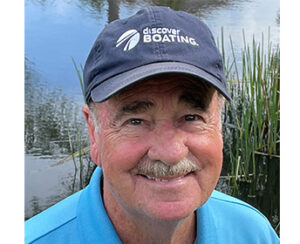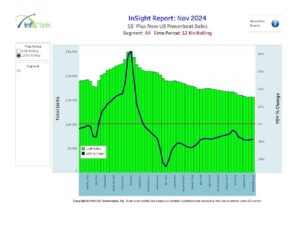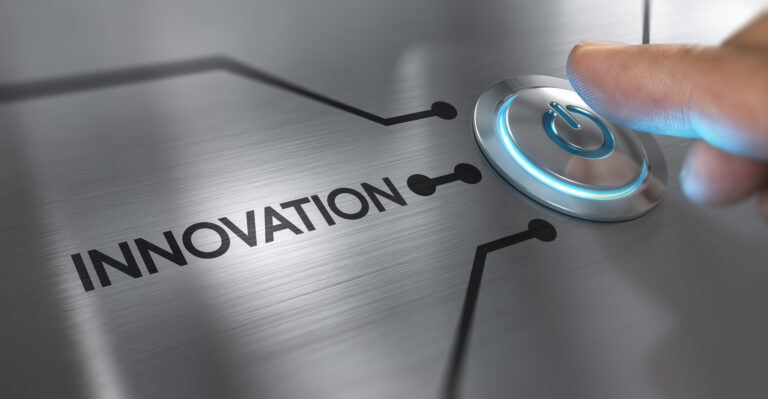More marinas offer slip ownership at a time when demand appears to be tapering off

A recent survey by Applied Technology & Management, an environmental and engineering consulting firm, showed a majority of respondents either have or are considering at least some dockominiums or rackominiums at their marinas.
But industry experts say the difficult housing market, in most areas, seems to have trickled down to dockominiums, which are now harder to sell than in past years.
A dockominium is the water-based version of a condominium, whereby one owns a boat slip.
According to the ATM survey, 38 percent of the respondents have these privately owned slips at their marinas, while 23 percent are considering them in the future.
Rob Semmes, ATM’s vice president of international marina consulting, said he has seen this trend firsthand. Many projects he has worked on are dockominiums or headed in that direction.
Because these new projects are expensive to finance, dockominiums are often a convenient way for the marina developers to recoup their investments more quickly.
“Most of the capitalization of new projects we’re doing are using a combination of debt and equity financing. Many of the equity investors are expecting large and rapid returns,” Semmes said.
The survey had about 50 respondents, which was a smaller sample than ATM usually sees, Semmes said. He attributed the response rate to people not replying if they didn’t have specific experience with dockominiums. Respondents were from 12 states and Mexico.
In some Southern states, experts say the dockominium market is not as strong as it has been.
“You have a situation where I think things are tracking the condo apartment marketing, which is decidedly soft,” said Frank Herhold, executive director of the Marine Industries Association of South Florida.
“It’s directly related to the softness in the boating market. Sales are down, production is down, so the new demand isn’t there,” added MIASF special projects manager Patience Cohn.
A similar situation is occurring in North Carolina, said Mike Bradley, of the Small Business and Technology Center, Boating Industry Services.
“The market is kind of saturated with condos … and the people with properties that bought, but didn’t build and sell, are having second thoughts,” he said, adding he’s gotten calls from people saying they have land available for a working waterfront.
“I’m encouraged that the down part of this market helped us probably recapture some locations that were out of the market beforehand. That’s the flip side of this I hadn’t anticipated,” Bradley added.
In Michigan, too, this trend can be seen.
When Eric Foster, vice chairman of the Michigan Boating Industry Association, created his marina, it had 406 dockominium slips in the late 1980s, which had no problem selling.
But, he added, that wouldn’t be the case today. A sluggish local economy, higher fuel prices and other factors make it a bad time to try and sell dockominiums.
“It’s just like the housing market,” said Foster, also general partner of Belle Maer Harbor on Lake St. Clair.
The MBIA’s president Van Snider said he doesn’t have any firm statistics on the issue, but he has heard anecdotally about the difficulties of selling dockominiums these days.
“It doesn’t surprise me that it seems it’s difficult at this juncture to sell a dockominium. I know that some dealers have ended up, instead of saving those for sale purposes, they’ve been leasing out the space because the demand’s not there,” he said.
ATM’s survey showed that of the 38 percent that have dockominiums/rackominiums, half have more than 100, 22 percent have 51-100; 47 percent said their dockominiums were wet and dry slips, with 38 percent only having wet slips. Seventy-one percent of respondents said there was a perception of slip shortages in their area, with 29 percent saying there was no such perception in their area.
Of those who reported shortages, 38.2 percent were from Florida, followed by 12.5 percent from North Carolina.
The survey also asked respondents for their opinions on dockominiums. Here’s what some had to say:
• “Fine for those who can afford them, property values are forcing the conversion issue resulting in a shortage of affordable dockage options.”
• “Good financing tool for renovation, but operational difficulties.”
• “No market for five-10 years.” (from a Michigan respondent).
• “It is causing the average boat owner to sell or get out of boating completely.”
• “Would be good if (Virginia) allowed it.”
• “They are great. We are open to the public and we welcome transients. This is the best of both worlds. We have the stability and resources of a private facility.”
ATM has worked on more than 350 marina projects in the last three years; the majority of which was international business, Semmes said.
Despite the trend toward dockominiums, Semmes said his group still works on plenty of municipal or public projects.
“That’s not going away any time soon,” he said.
This article originally appeared in the July 2008 issue.










